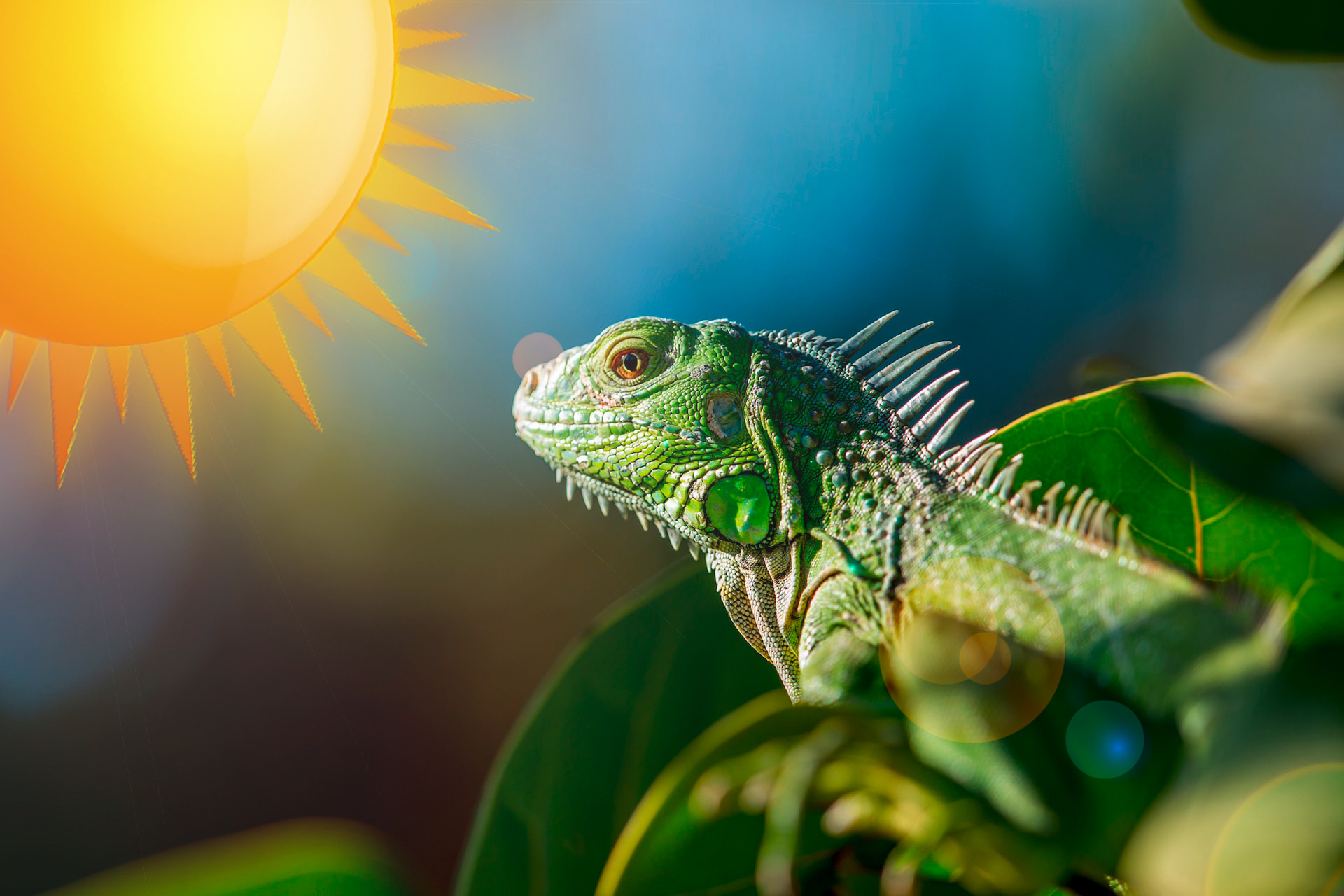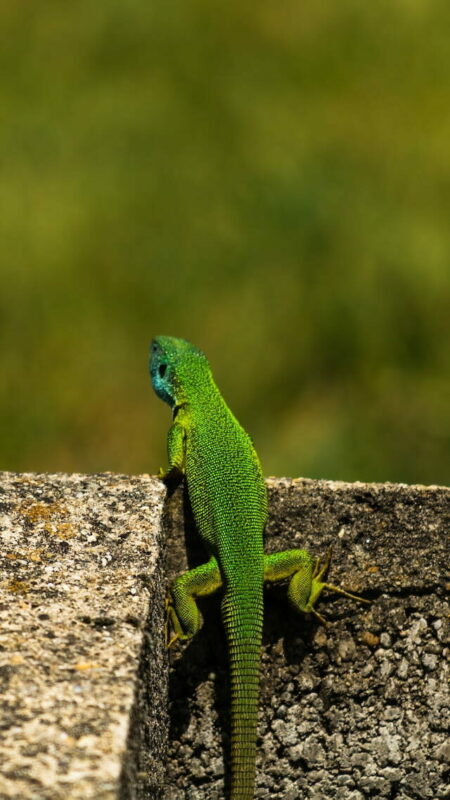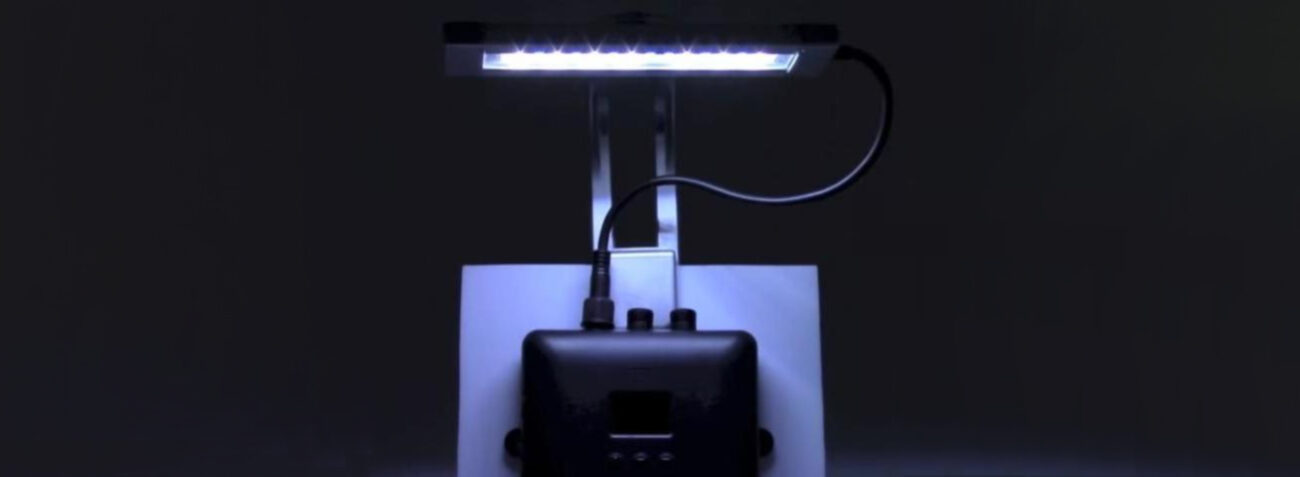If you are the proud owner of terrarium animals, in addition to enjoying your exotic friends, you also have the responsibility of ensuring their overall well-being. In order to do this, the right lighting plays a crucial role in their health, alongside an appropriate environment and a balanced diet. Here we will explain why UV lamps are almost always indispensable in your terrarium to ensure the bone health of your animals.
UV light: A look at nature
In the wild, reptiles and amphibians have the sun as a source of vital UVB rays. These UVB rays are crucial for the production of vitamin D3, which is necessary for the absorption of calcium into the bones: without or with too little vitamin D3, calcium cannot be stored in the bones — which can lead to severe health risks for you animal.
In captivity, however, most terrarium animals are not able to receive sufficient UVB rays. This is because the animals live behind glass most of the time and glass filters out UV radiation. This means: The daylight that falls on the animals through windows and terrarium glass contains practically no UV radiation.
That’s why we as owners are responsible for creating the right conditions!
The importance of UV lamps
A UV lamp that is adjusted to the needs of your animals and of sufficient quality is crucial for your terrarium, as it emits the UVB rays that your animals need.
Neglecting to provide your animals with the required amount of UVB in the terrarium lighting can have serious consequences for their bone health. Only a few animals can manage completely without UV radiation and even reptile species that were previously thought not to be dependent on UV light are now known to benefit from an appropriate supply of UV radiation.
If reptiles that are dependent on UV receive no or too little UV light, this can have a negative impact on their health. For example, they can become susceptible to rickets, a disease that can lead to weak and deformed bones. Osteoporosis and a general weakening of the immune system are further risks. In addition, a lack of UVB rays can lead to behavioral problems and a disturbed metabolism.
All of this can significantly affect the quality of life of your terrarium animals and lead to unnecessary suffering. Therefore, the use of UV lamps in most terrarium settings is not only recommended, but simply an obligation to ensure the health and well-being of your exotic friends.
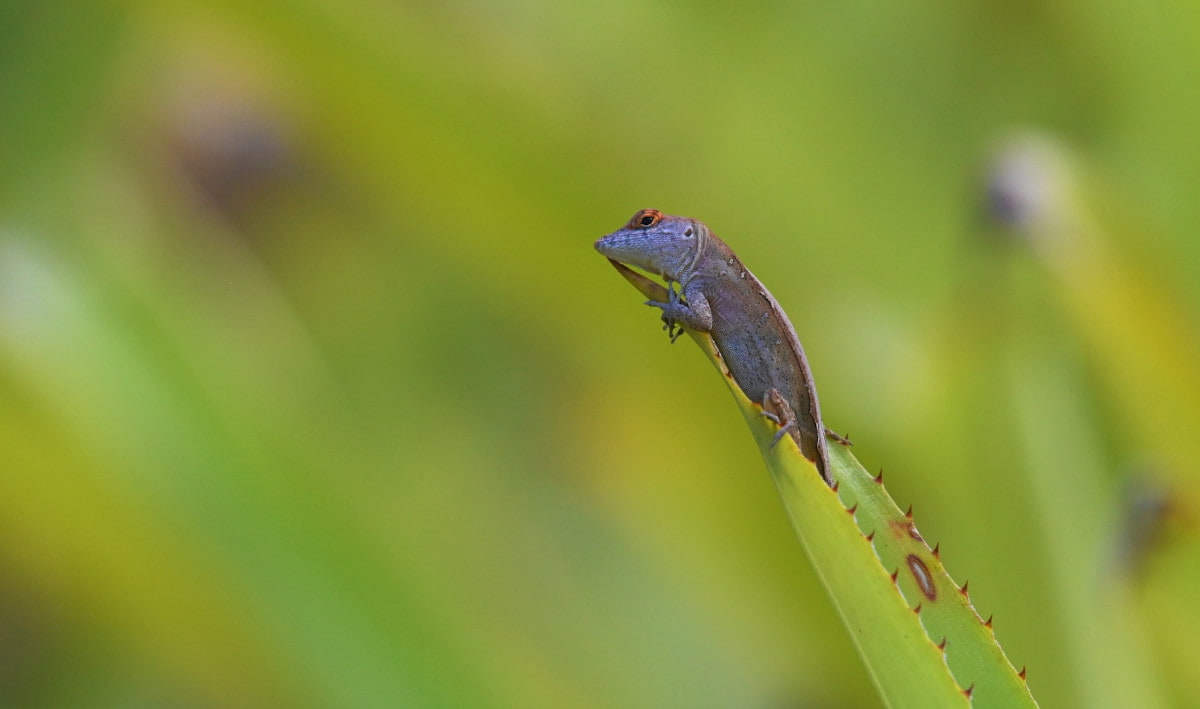
The right type of UV lamp
However, before you fire up your browser and buy “just any UV lamp” for your terrarium, it is important to find out the exact requirements of your animals. This is because the requirements for UVB radiation vary depending on the species of your terrarium animals. Some species require higher UVB levels than others. Therefore, find out carefully about the specific needs of your animals in order to select the optimum UV lamp. A first approximation of the requirements can be obtained from the rough natural habitat from which the species originates in nature: Species that live in the lowest part of rainforests are protected from direct sunlight there — they are therefore “equipped” by nature to live healthily with little amounts of UV radiation. Desert animals, on the other hand, get a lot of direct sunlight. These species are therefore adapted by nature to be exposed to almost “saturated” UV radiation and therefore need it to stay healthy.
For a more precise assessment of the requirements, the so-called ‘Ferguson Zones’ were developed, which define the habitats of reptiles and into which the different species can be categorised, e.g. as follows:
| Zone | Habits | Reptile species examples | UV index range | UV Index maximum |
|---|---|---|---|---|
| 1 | crepuscular, shade | Crested gecko, leopard gecko, tokay gecko, Indian python, green tree python, kingsnakes, reticulated python, Fiji iguana, corn snake, carpet python | 0,0 – 0,7 | 0,6 – 1,4 |
| 2 | occasionally basking, partial sun | Australian water dragon, emerald tree monitor, green anole, Solomon Islands skink, bearded leaf chameleon, box turtle, red-footed tortoise, boa constrictor, arboreal ratsnake, garter snake, western hognose snake, common blue-tongued skink, Chinese water dragon, panther chameleon, common musk turtle, carpet python | 0,7 – 1,0 | 1,1 – 3,0 |
| 3 | open or partial sun basker | Argentine black and white tegu, frilled lizard, Standing’s day gecko, veiled chameleon, Indian star tortoise, leopard tortoise, spotted turtle, bearded dragons, savannah monitor, green iguana, painted turtle, red-eared slider, African spurred tortoise | 1,0 – 2,6 | 2,9 – 7,4 |
| 4 | sun basker | Chuckwallas, Uromastyx, rhinoceros iguana, Texas horned lizard | 2,6 – 3,5 | 4,5 – 9,5 |
This zone observation will already give you a very good indication of what your animals need. However, to be on the safe side, find out more about the need of your animals by studying species portraits etc.
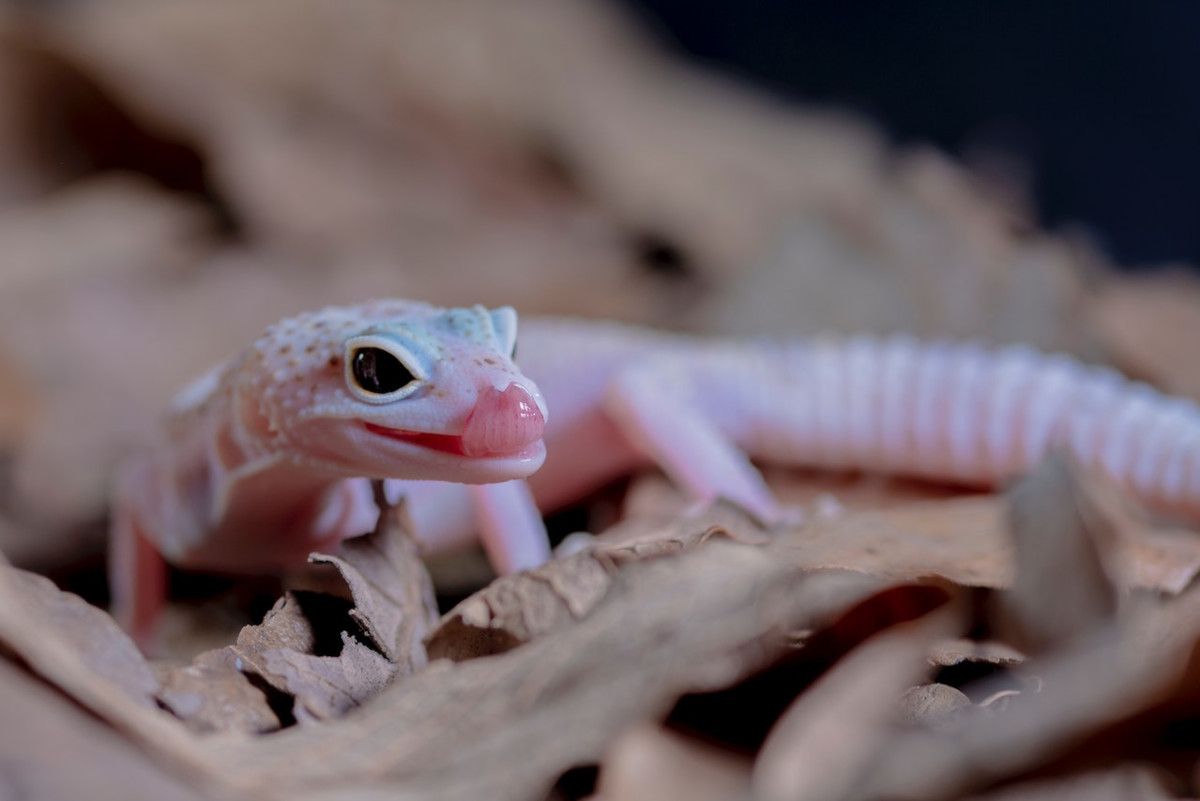
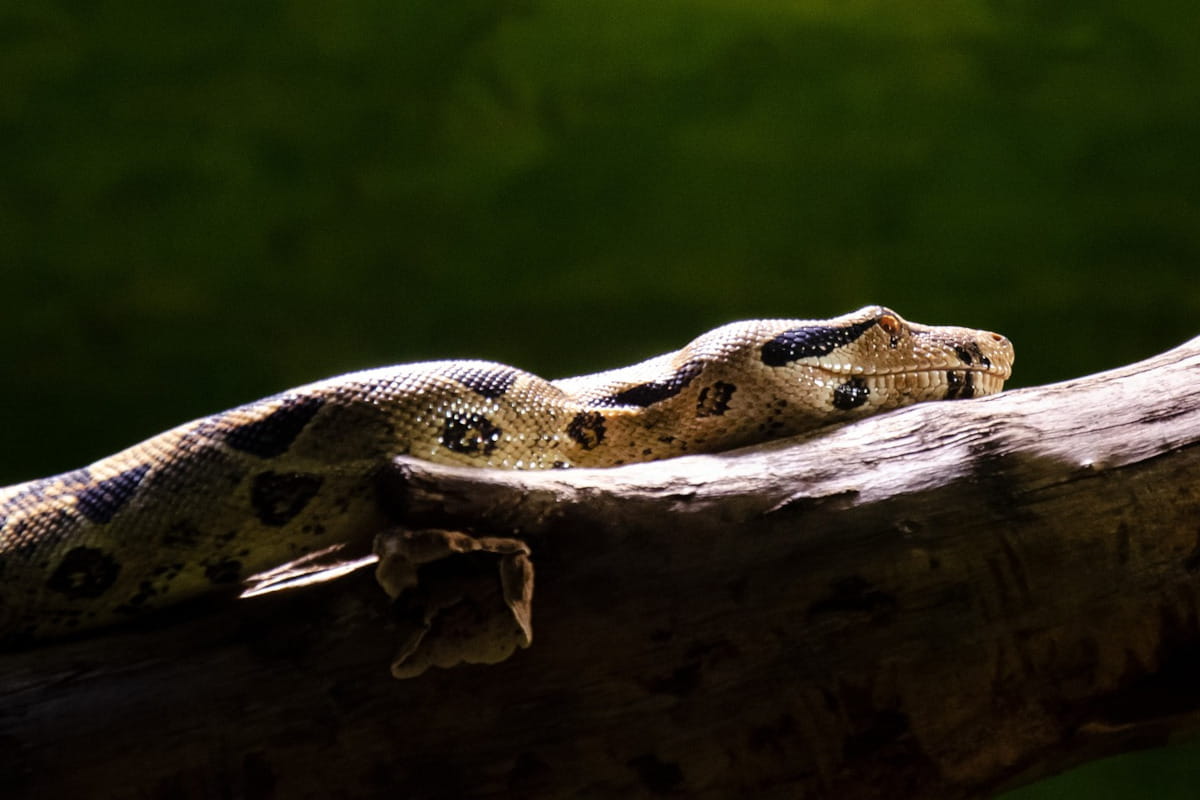
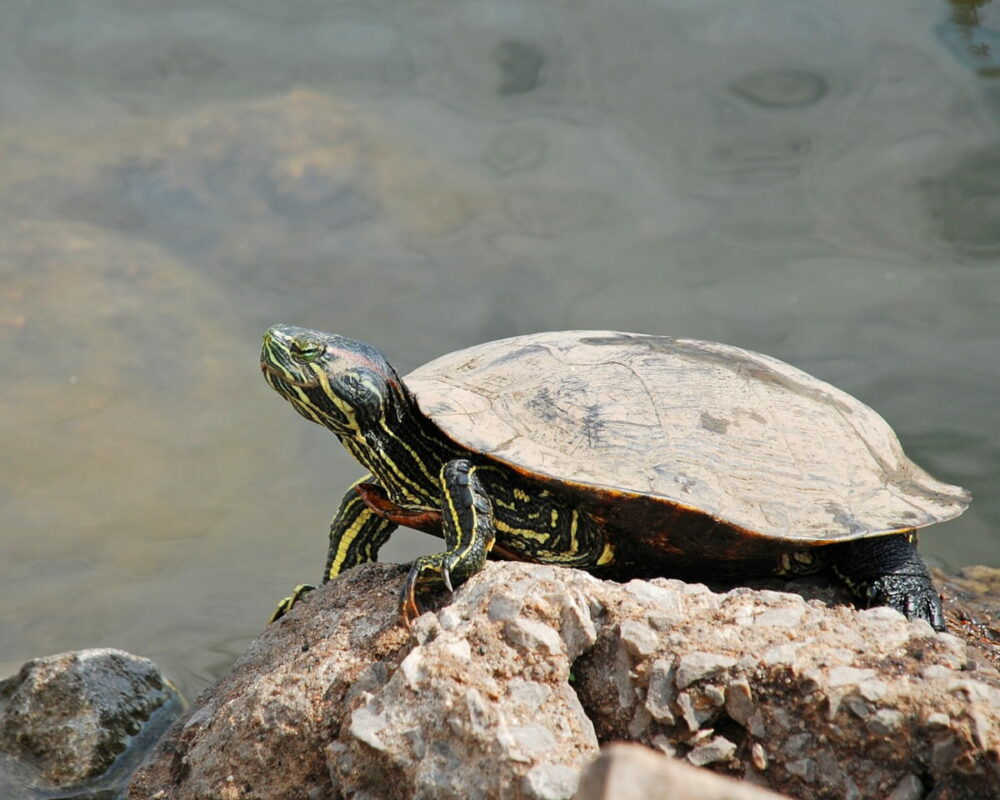
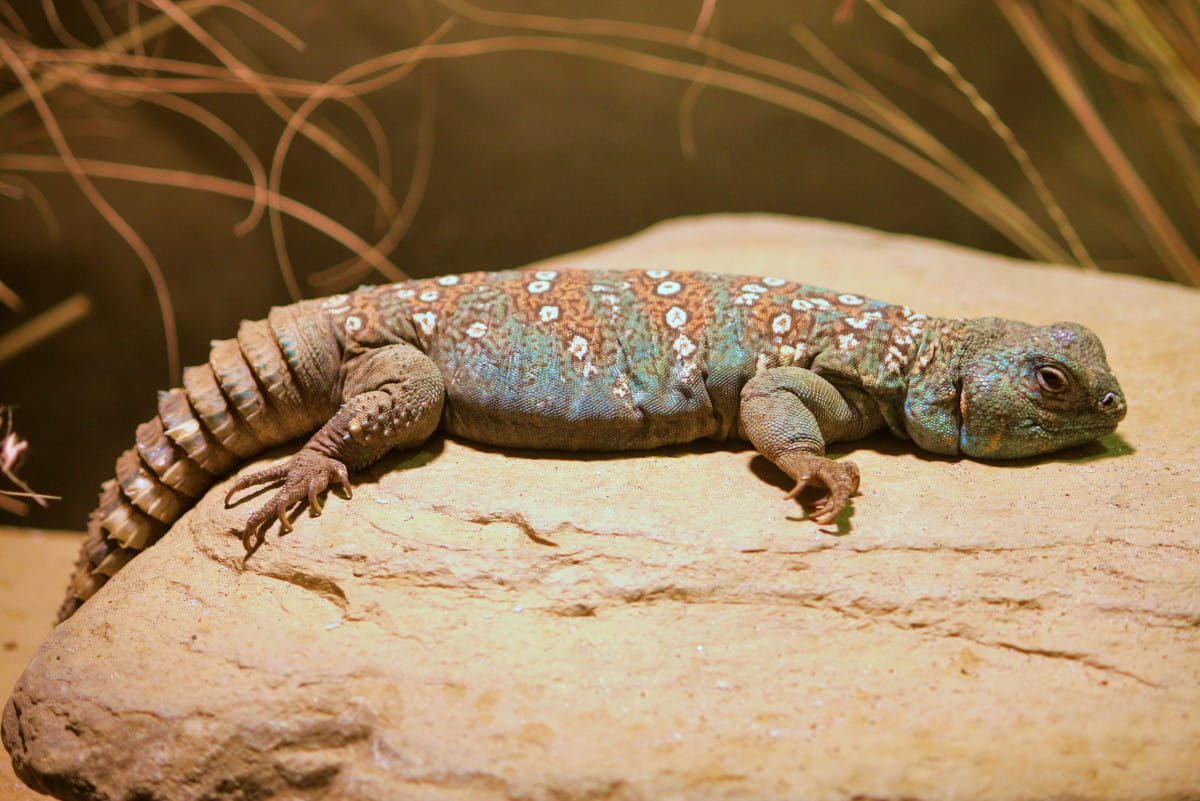
The right placement and dosage
In addition to the strength of the lamp, i.e. its UV output, the placement of the UV lamp in the terrarium is also of great importance. As already mentioned, UVB rays do not penetrate glass or Plexiglas. Therefore, the lamp should not be blocked by these materials. Make sure that your animals have the opportunity to approach the lamp, but also that there is sufficient shade available so that they can avoid it if they “have had enough” to protect themselves from overheating or radiation stress.
The dosage of UVB rays is a decisive factor: too much UVB radiation can be just as harmful as too little. Therefore, make sure you adhere to the manufacturer’s recommendations for the daily exposure time.
UV lamps age
Unfortunately, UV lamps age. This is inevitably linked to the technology of UV production. The output of UV lamps constantly decreases over time. This is why such lamps need to be replaced regularly. However, because you cannot see how much UV they are still emitting, it is safest to measure their radiation output regularly. There are helpful measuring devices for this.
If you are unable to measure the amount of radiation emitted, you should play it safe and replace the lamps every year.
In conclusion: The health of your animals comes first
UV lamps are important for the bone health of your terrarium animals. By providing the right UVB rays and creating a natural environment, you promote the well-being of your animals and help to prevent serious health problems.
If you are not yet using a UV lamp in your terrarium or are thinking about replacing it, we strongly recommend that you thoroughly research the needs of your animals and choose the right UV lighting for them – and replace it regularly.
You can read more tips on how to choose the right UV lamp here:Reptile lighting – A guide to reptile lighting.
Header image: John Cobb via Unsplash (edited)

